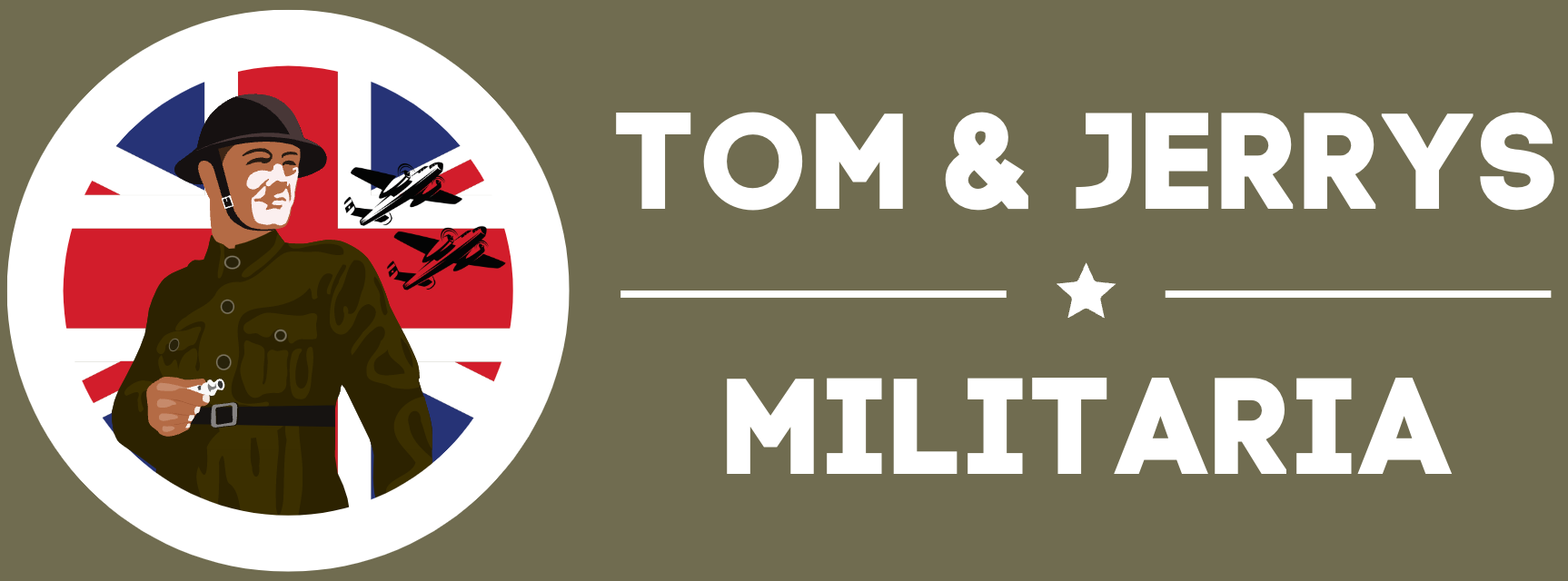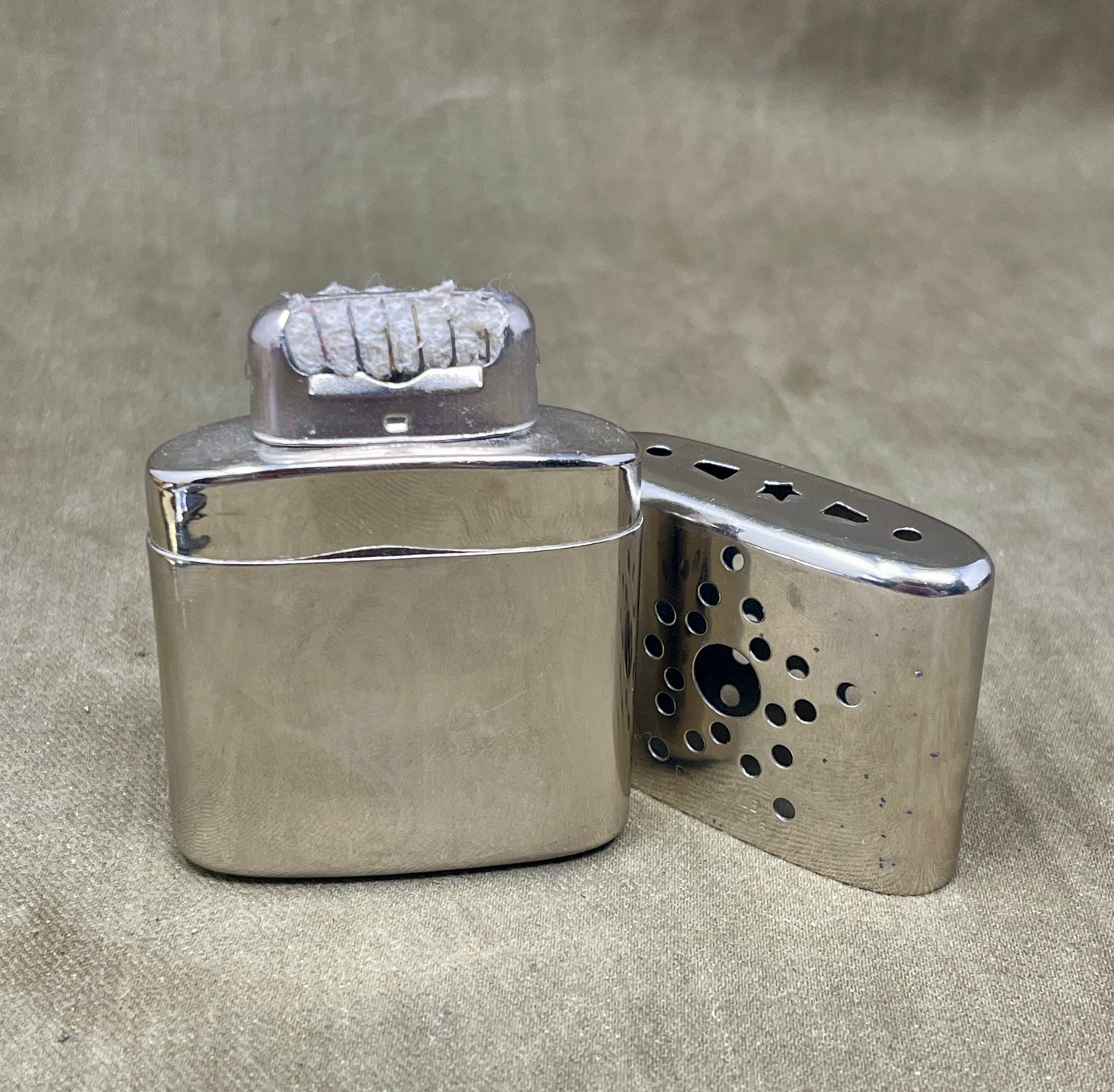This selection of vintage brass trench lighters, match holders, and hand warmers showcases the practical ingenuity and rugged craftsmanship of early-to-mid 20th century personal gear. Commonly used by soldiers and outdoorsmen, these brass items were built for durability and reliability under tough conditions, whether in the trenches of World War I, the battlefields of World War II, or in civilian life during harsh winters.
The trench lighters feature windproof designs, refillable fuel chambers, and flint-wheel ignition systems—hallmarks of field-ready equipment. Each piece carries a unique patina, evidence of its age and history. Accompanying match holders, often with secure screw-top or slide mechanisms, protected matches from moisture and damage, ensuring a dependable spark when needed. Brass hand warmers, fueled by lighter fluid or charcoal sticks, provided essential warmth during cold operations or outdoor expeditions, prized for their reusability and compact form.
Together, these items reflect an era when personal survival gear had to be both functional and resilient. Whether you're a collector, reenactor, or vintage gear enthusiast, this curated selection offers a tangible connection to the past. Each item tells a story of adaptation, necessity, and enduring craftsmanship from a time when design was dictated by real-world demands















































